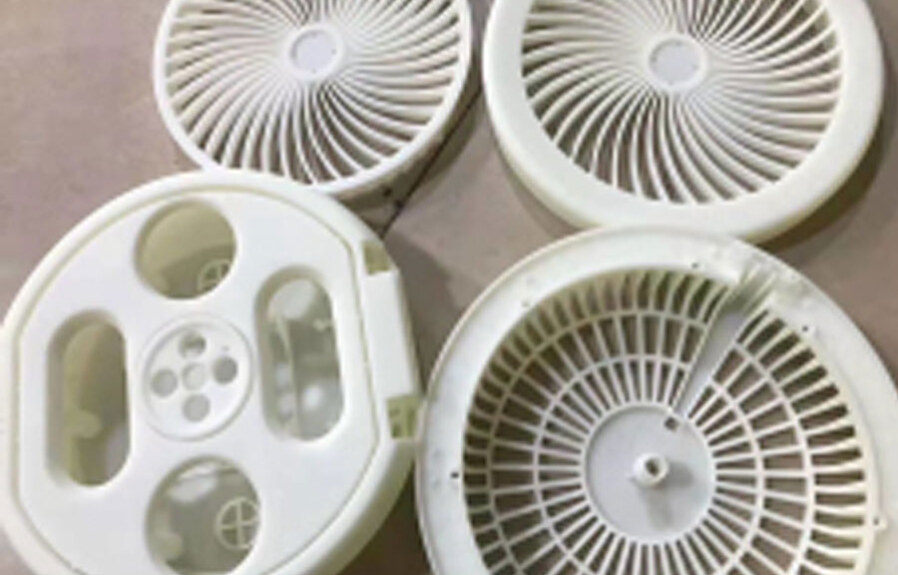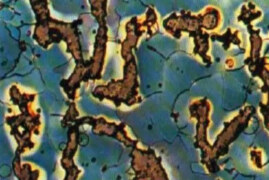After the 3D printed prototype model is removed from the machine, the model is supported, and the surface is not smooth and textured, so the 3D printed model needs to be polished, so what are the points of attention in the polishing process of the 3D printed prototype ?
There are several ways to polish the prototype model:
- 1. Mechanical polishing: If it is a large hand plate that needs to be polished, in order to improve work efficiency, mechanical polishing methods, such as electric grinders, can be used.
- 2. Dry sanding: sandpaper is used for sanding, which is suitable for the sanding of hard and brittle prototypes. The disadvantage is that a lot of dust will be generated during the operation, which affects environmental hygiene.
- 3. Wet sanding: sanding with sandpaper dipped in water or soapy water, water sanding can reduce wear marks, improve the smoothness of the coating, and save sandpaper and effort. However, when spraying the lower layer of paint after water abrasion, first, wait until the water abrasion layer is completely dry before applying the paint, otherwise the paint layer is easy to whiten.
The polishing of the prototype has the following skills
In the polishing process, a layer of primer is usually sprayed on the sample to be polished to see if the polishing is in place. Note that the flat part of the sandpaper needs to be flattened with a small flat plate during the polishing process (hard plate grinding). Grind the arc part with silica gel sandpaper (soft plate grinding) until the sample is smoothed.
Among the 3D printed prototype models, it is usually more commonly used to moisten and polish with water. A large sink is placed and dozens of people can sit around and polish.
The above is the analysis of the attention points about the polishing process of the 3D printing prototype model introduced by the 3D printing service of 3d-printing-china.com. I hope to provide you with a reference.


